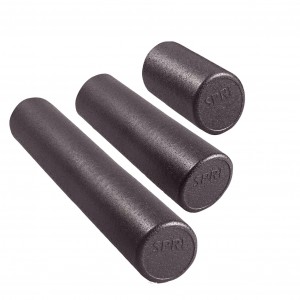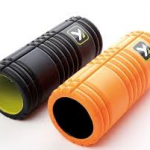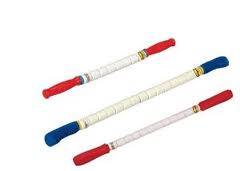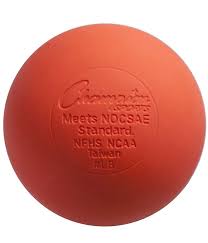Frequent rides may do wonders for our fitness level both physically and mentally, but they do take a toll on our muscles if we don’t stretch sufficiently. Not properly caring for these muscles could lead to restrictions in our fascia. Fascia is a type of tissue in our body which envelops and divides the muscles. It has the ability to contract and relax with our muscles as well as withstand any load we may place.
However, at times if it is a higher load than our muscles can withstand, the fascia can become “deformed” and create restrictions, which lead to pain. They also cause decreased range of motion. These restrictions can become chronic issues if not treated adequately such as IT band syndrome, leg length discrepancies, or piriformis syndrome to name a few. Nevertheless, there are a few massage techniques which are great to address these “knots” in our soft tissue.
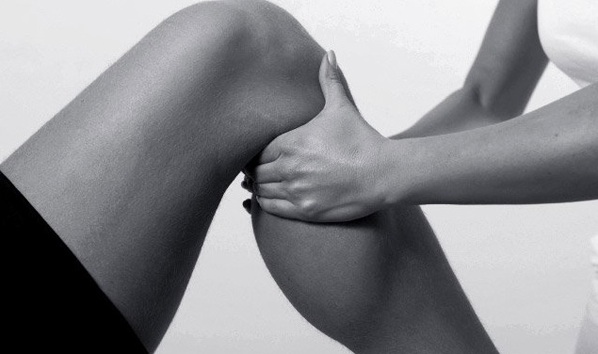
Active-Release Technique (ART):
This technique is best completed by a clinician (physical therapist, chiropractor, athletic trainer, or occupational therapist) that is certified in this manual therapy, but I’ll help you out with a brief video so you may do these at home with a partner if a clinician is not available to you. The idea behind ART is that it releases the knots in your fascia by moving the muscle in the direction it performs (refer to the chart for assistance). For instance, to release your quadriceps the therapist would massage upwards as you extend your knee/leg.
At first, this technique can be painful, but take it from someone who does this consistently; it feels SO much better afterwards. Once your legs have been released with ART you feel like you could ride for hours. Typically, ART is done on the area that is causing you pain, but it helps to release the most active muscles in the lower extremity (hip flexor, piriformis, hamstrings, quadriceps, calves, and peroneals). This is additionally helpful, since fascia is found all over our body, and a restriction in a surrounding muscle can affect the one below or above it.
Therefore, if you’re having pain in the hamstring, part of the problem can be a restriction or lack of flexibility in the calf, causing the hamstring to work harder than it should. One good tip before performing ART is to heat the muscle being treated for about 15 minutes, to enhance the effects of the massage. A lotion that has an oily base with some analgesic would be best to help the fingers glide and offer some pain relief. Some of my favorites include “Alo” and “Biofreeze” which can usually be found at your local CVS.
ART Hip flexor & Quads ART Quads & Peroneals ART Peroneals & Piriformis
| Muscle | Action it Performs/Direction |
| Quadriceps | Knee extension |
| Hamstrings | Knee flexion |
| Hip Flexor | Flexes hip/brings hip up |
| Peroneals | Moves foot outwards, away from you |
| Calves | Moves foot/ankle towards floor |
| Piriformis | Hip rotation away from you |
The next question you may be asking yourself is how often should you do this? This answer depends on several factors: How often do you ride? How many miles a week? Are you currently experiencing pain on one of these locations? If you’re an avid rider, it would be advantageous to do this at least once a week to address any restrictions and decrease your risk of soft tissue injury.
Deep Tissue Massage:
This massage is indicated for a person who would like a full body release after enduring a tough ride or race. It is important to note, this is not a relaxation massage, it can be painful over your pressure points, but you will feel more flexible afterwards. This type of massage should only be performed by someone who is a certified massage therapist. If an uncertified person performs this massage, they could do more harm than good. In addition, make sure to let you therapist know you are a cyclist and which areas you would like them to focus on. These can be completed once a month unless you’re in a heavy training bulk, then twice is more beneficial.
Graston Technique:
Graston massage is performed by clinicians who have been certified in this manual therapy and know how to properly use the tools. This is another technique which focuses largely on releasing restrictions in the fascia except it uses the tools in an almost “scraping” motion. Each tool is stainless steel and specifically shaped to treat certain areas of the body.
In addition to releasing fascia it also aids with removing accumulated lactic acid in muscles. It can be painful if the muscle and fascia are very tight, but will help increase flexibility and reduce risk of injury. When I’ve been in a high volume period of my training this has been a lifesaver, especially in helping me remove lactic acid. It has also helped with making my legs feel fresh for my next riding session. YouTube has several videos demonstrating the technique for different injuries and issues.
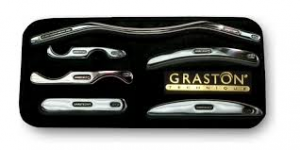 Self-Myofascial Release:
Self-Myofascial Release:
This technique is the most economical of the four and can be done consistently on your own with the help of a few tools. The most effective tools to help you include a high density foam roller, foam roller with ridges, the stick roller, and lacrosse ball. These can be completed a few times a week by rolling over the affected muscle for about 20-30 seconds, 2-3 times. Make sure to not continue rolling over the same muscle or tendon because, then you can irritate the area instead of release it. The lacrosse ball is great to release the rhomboids (between the shoulder blades) or the IT band.
It is vital that after completing any of these massages you drink plenty of water to help your body get rid of the byproducts from the massage. Although these massages can be painful they are beneficial. The same force and tension you applied on these muscles to get them this tight in the first place is the same amount needed to release them.
